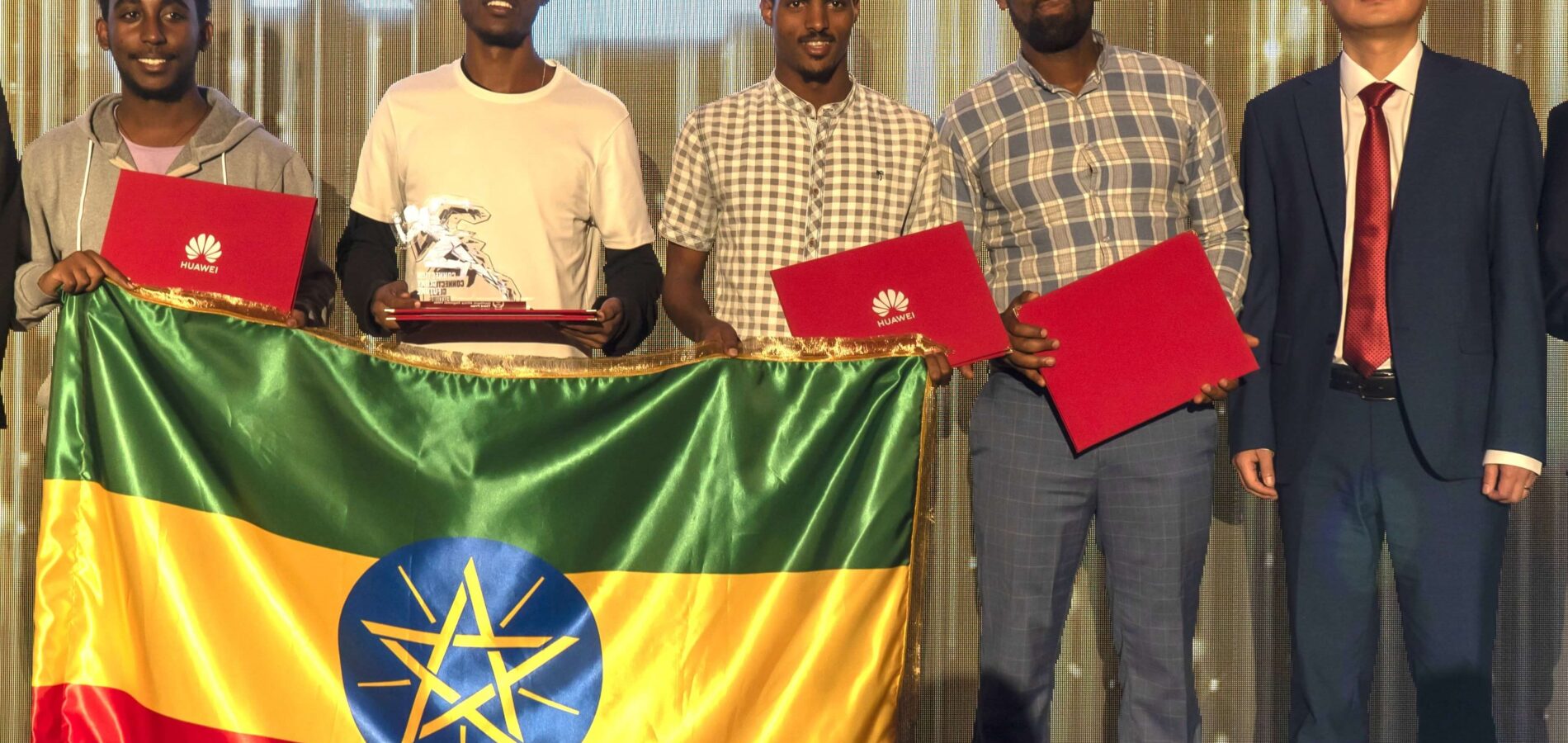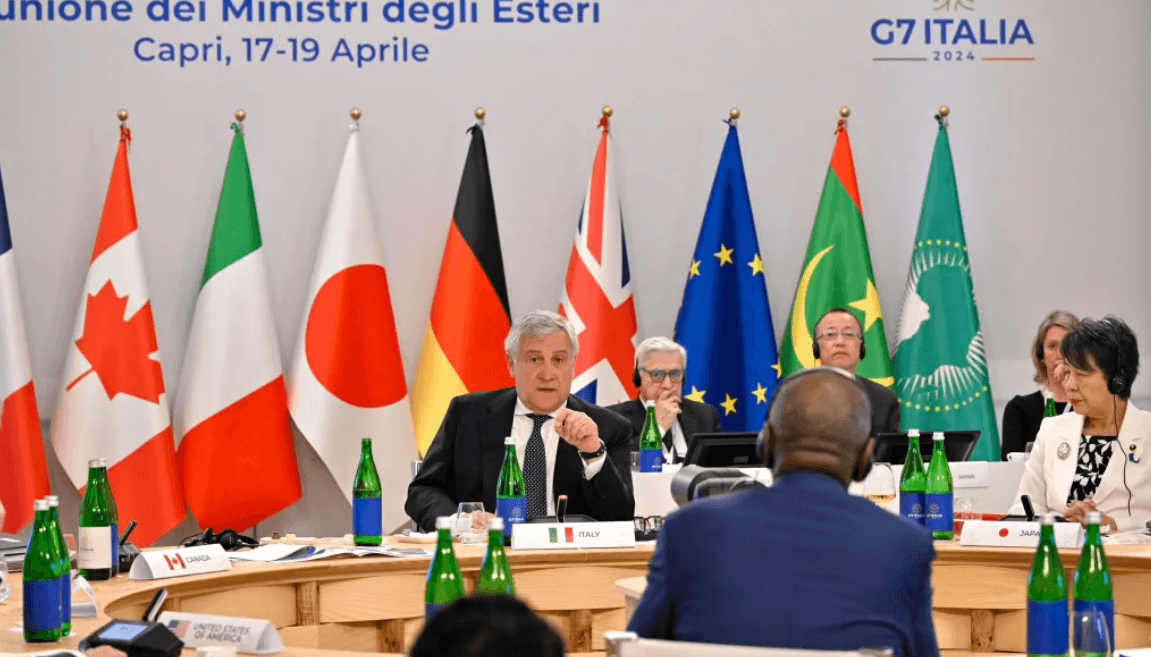Carlos Lopes
The Green Economy is based on the premise that social and economic progress must be achieved in ways that will not exhaust the earth’s finite natural resources and that will cope with the concerns over lack of natural resources, environmental devastation, and climate change.
The concept is a culmination of extensive thinking, discussion and analysis that can be traced back to the 1980’s. At the UN Conference on
Sustainable Development of 2012 in Rio de Janeiro, it was confirmed as one of the tools for maintaining, enhancing and rebuilding natural capital, viewed as a critical economic asset giving rise to new economic activities and a real opportunity change for social change.
Since the 1930s, the most widely used measure of the strength of a nation’s economic progress has been the Gross Domestic Product (GDP); a measurement of both the consumption and production within a country. This measure falls short of capturing the contributions to the economy of natural capital and ecosystems that are actually necessary for growth
Studies have shown that when GDP growth is adjusted to account for the actual loss of natural capital, in most instances growth actually becomes
lower, and in some cases even negative. For example, if measured by GDP, the economies of China, the United States, Brazil and South Africa grew by 422 per cent, 37 per cent, 31 per cent, and 24 per cent respectively between 1990 and 2008. However, when assessed by the Inclusive Wealth Index[1] based on UNEP and UN University calculations, the Chinese and Brazilian economies only increased by 45 per cent and 18 per cent. The United States’ grew by just 13 per cent, while South Africa’s actually decreased by 1 per cent. So while the exploitation of natural resources
may generate economic benefits in the short term, resource depletion will decrease the potential for economic growth and development in the long term.
We need a system of valuing resources to link economic concerns, natural resources, ecosystems, and human capital as part of development planning. Although quantifying costs of ecological and environmental damage can be challenging, a true measure of transformation must be able to cost to countries if resources are lost.
Greening Africa is not a fallacy
Time has come for Africa to make the switch to a green economy. Natural resources are the backbone of the continent’s recent economic growth, amongst the strongest in the world. In 2011, for instance, raw and semi-processed goods accounted for about 80% of African export products, compared with 60% in Brazil, 40% in India and 14% in China. Agricultural commodities, timber, metals and minerals, and hydrocarbons combined have accounted for approximately 35% of Africa’s growth since 2000[2]. They provide a basis for the livelihood of millions of people who depend on fertile soil, forest, fishery and other resources from nature for survival. Natural resources also sustain much of the tourism and associated service industries.
We are at a juncture where most of the world has already been industrialized. Now its Africa’s turn. But we have to admit that it is not easy to be a late comer. Africa’s structural transformation towards more value-added activities and modern jobs is closely linked to a strong natural-resource sector. This presents challenges. Since the start of the
Industrial Revolution more than two centuries ago, industrialization has been a primary contributor to environmental degradation and global warming. Prosperity has been gained at the cost of the environment’s regeneration, despite enormous socio-economic gains. Africa was a provider of the raw materials that altered progress in other parts of the world.
The paradox of Africa being one of the regions causing the least harm to
the planet, with CO2 emissions per capita less than one ton per annum and yet nit having benefitted from its record is already bad enough. But as a result being at the end of the scale is no longer accepted. It accounts
for just 2.4 percent of world emissions yet climate damage as a percentage of GDP is higher in Africa than elsewhere in the world.
The good news is that Africa can contribute to climate change solutions
while industrializing! For that some key conditions must come into play,
such as a global acceptance of common but differentiated responsibilities principle. Those who have most responsibility for greenhouse gas emissions, and most capacity to act, must cut emissions first. Africa needs recognition of climate justice to allow it to at least have some external help in its industrialization path. But Africa also has a variety of enabling opportunities of its own.
By 2050, the continent’s youth will constitute over a quarter of the worlds labor force. This represents a huge advantage and potential for human resource capital. As a latecomer at the early stage of industrialization, Africa actually has the advantage of leapfrogging technology preferences to deploy those that are clean, efficient, and resource-saving. These would mitigate against wasteful consumption and resource depletion. While the technological and financial requirements of green industrialization are considerable, reallocating investments towards the green economy will result in faster economic growth.
The urban renewal potential
Urbanization in Africa is growing at a rate that is more than twice the
world’s urban growth rate of 3.7 percent a year[3]. This presents a rare
and historical opportunity for rapid industrialization. Africa stands to
benefit from the rapid expansion of its cities much the same way Asia did. With the right public policies in place, marrying prosperity and density will result in economies of scale. Dense and compact cities can lower per capita emissions per square meter, providing greater accessibility in terms of infrastructure and basic services. This in turn, can be a magnet for new talent and private capital investment.62 per cent of all urban dwellers in Africa live in slums, compared to 24 percent in Asia or 43 per cent in Latin America. Between 2005 and 2010, the combined population of African cities increased by 17.3 million and projections indicate that between 2010 and 2050, African urban populations will triple, reaching 1.2 billion people. However, in contrast to early-urbanized countries, Africa’s urbanization is occurring at low-income levels and with enormous infrastructure gaps, especially in energy and transport. Here lies an opportunity.
Climate change presents cities with an incentive for better urban planning and service delivery. Urbanization is already jump-starting industrialization; 40 percent of Africa’s population that now lives in cities produce 80 percent of its GDP. The continent is projected to be 50 per cent urban by 2030, so potential for economic growth is formidable.
UN-Habitat projects that by 2050, 20 African cities will be among the largest 100 cities in the world. For example Kinshasa will grow to 35 million inhabitants, Lagos to 33. New cities are also likely to emerge as industrialization and inter-regional trade generate increased activity. Cities are therefore central to realizing the benefits of a green economyand gaining from employment opportunities, access to social services for human well-being, reduction of resource depletion and ecosystem degradation.
Energy is key
Sustaining the continents energy demands and future growth will only be possible if fuelled by a much larger energy sector. At present, power generation is not reliable in African countries. This impedes manufacturing from developing. Data suggests that industrial enterprises suffer an average of 56 days per year of power outages, losing 6 per cent of revenues. This slows investments.
Energy challenges are the norm in large parts of rural Africa as well. If current trends continue, almost 600 million people in rural areas will still lack access to electricity in 2030, and an even larger number will lack access to clean cooking facilities. It is estimated that by 2030 one billion people in Africa will depend on biomass as their main energy source. This is a critical concern given that open fire stoves are widely used for cooking and will continue to have severe health impacts particularly for women and children under the age of five years, in the form indoor air pollution and respiratory disease such as pneumonia.
Africa’s large agricultural sector and rural economy plays an essential role in the continent’s economic growth. Bringing power to isolated communities is essential to kick-start businesses and industries. For instance Uganda, which used to have one of the lowest electrification rates in the world with only 2% of its rural population having access to electricity, will with just one investment, the Bujagali 250 MW hydropower plant, meet half of its energy needs while creating more than 3,000 jobs.
Africans currently consume only one quarter of the global average energy per capita, using a mix of hydropower, fossil fuels and biomass. Africa’s renewable energy potential is substantially larger than the current and projected power consumption of the continent. Presently only 5% of Africa’s total hydropower potential is exploited. Africa with an additional 900 TWh over 20 years, could provide full electricity access to all. This amount corresponds to one year of current additional global power consumption. With gradually falling technology costs, Africa has the opportunity to capitalize on using its abundant renewable resources, for example, using geothermal or solar thermal resources for heat or bio fuels and renewable energy-based electrification for urban public transport. At sea, the access to deep sea resources, including shale gas hydraulic fracking or methane hydrates from deep sea floors can benefit from more measured appetite, in the height of renewables potential.
Blue economy
Africa’s oceanic mass is far greater than its land mass. The marine ecosystem and resources, as well the economy around the maritime industry, referred to as the blue economy, are central to advancing Africa’s socio-economic interests. The potential of its oceanic resources therefore offers a unique opportunity for Africa’s transformation. In particular it offers Africa’s six Small Island Developing States (SIDS) and coastal countries opportunity to expand their resource base which has traditionally been viewed as narrow.
The consequences of climate change and rising sea levels have been exposing SIDS and coastal countries to both irreversible and life threatening damage. The combined annual carbon dioxide (CO2) output of all SIDS accounts for less than 1 per cent of global emissions. SIDS re facing disproportionately greater vulnerabilities given that alongside marine fisheries, some of the more traditional economic sectors like shipping, power generation and manufacturing are concentrated around coastal areas. In addition, climate change and environmental degradation threatens the diversity of marine ecosystems and resources. FAO data indicates that 75 percent of global fish stocks are fully or over exploited and the oceans chemistry is changing at a speed and level not experienced in 60 million years
By shifting to a green paradigm and using clean technologies such as greener refrigeration; improved waste management in fish handling, processing and transportation, the ecological health and decline in economic productivity of marine and coastal eco-systems can be reversed. For example, the seabed currently provides 32 percent of the global supply of hydrocarbons and is attracting further exploration. New frontiers of marine resource development are progressing, from bio-prospecting to the mining of seabed mineral resources, to tapping into the vast potential for renewable “blue energy” production from wind, wave, tidal, thermal and biomass sources. In addition, aquaculture is also becoming a fast growing food contributor providing 47 percent of global fish consumption.
In the area of tourism, for example, Cape Verde, Comoros, Kenya, Madagascar, Mauritius, Mozambique, Seychelles, South Africa and Tanzania’s GDP is largely dependent on “blue economy” strategies. A well-developed tourism industry in the Caribbean region is attracting income of USD 1.9 billion form cruise operations; an incipient offer in Africa.
Scaling-up green investments in marine and coastal resources and enhancing international co-operation in managing these trans-boundary ecosystems, are essential if a transition to a low-carbon and resource efficient green economy is to be realized. This involves for example, optimizing the benefits to be reaped from fishery agreements or oil and mineral extraction and ensuring that Africa’s interests are reflected in international ocean’s governance mechanisms.
Greening has to be more than a slogan. It needs to be part of Africa’s ambition for a transformation that is premised on a different path from what others walked before.







